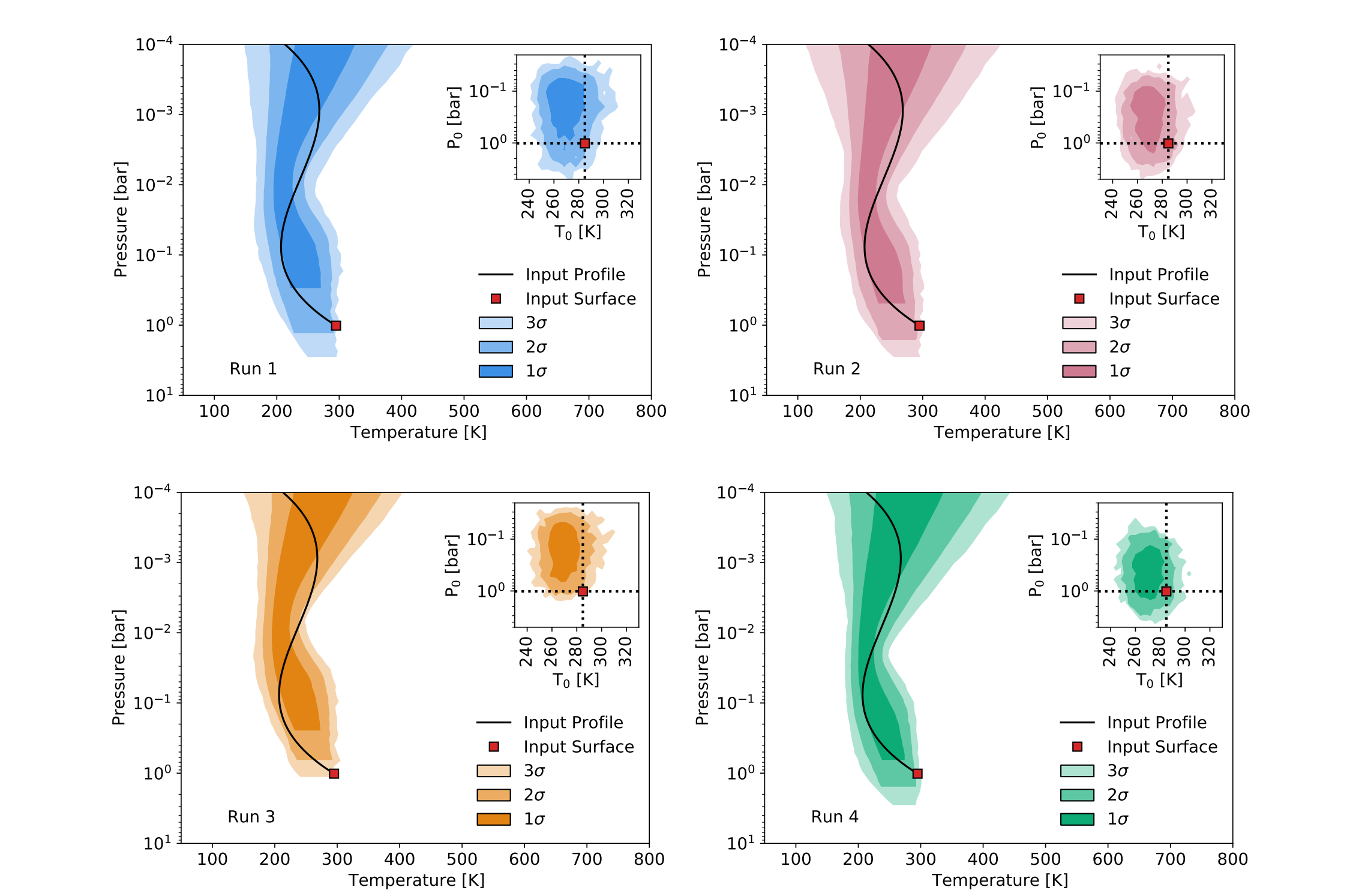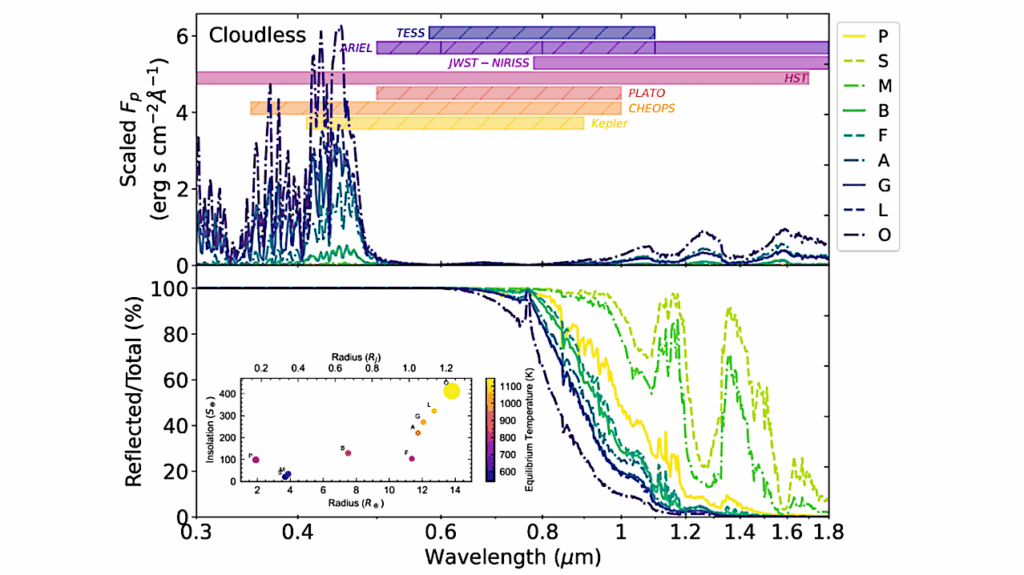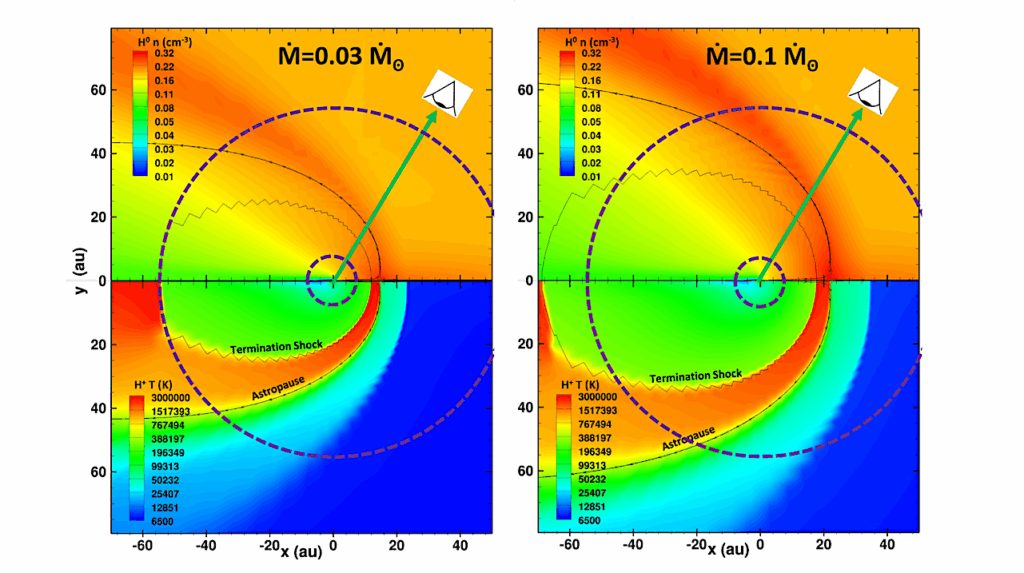Atmospheric Retrievals For LIFE And Other Future Space Missions: The Importance Of Mitigating Systematic Effects

Atmospheric retrieval studies are essential to determine the science requirements for future generation missions, such as the Large Interferometer for Exoplanets (LIFE).
The use of heterogeneous absorption cross-sections might be the cause of systematic effects in retrievals, which could bias a correct characterization of the atmosphere. In this contribution we quantified the impact of differences in line list provenance, broadening coefficients, and line wing cut-offs in the retrieval of an Earth twin exoplanet orbiting a Sun-like star at 10 pc from the observer, as it would be observed with LIFE.
We ran four different retrievals on the same input spectrum, by varying the opacity tables that the Bayesian retrieval framework was allowed to use. We found that the systematics introduced by the opacity tables could bias the correct estimation of the atmospheric pressure at the surface level, as well as an accurate retrieval of the abundance of some species in the atmosphere (such as CO2 and N2O). We argue that differences in the line wing cut-off might be the major source of errors.
We highlight the need for more laboratory and modeling efforts, as well as inter-model comparisons of the main radiative transfer models and Bayesian retrieval frameworks. This is especially relevant in the context of LIFE and future generation missions, to identify issues and critical points for the community to jointly work together to prepare for the analysis of the upcoming observations.
Eleonora Alei (1), Björn S. Konrad (1), Paul Mollière (2), Sascha P. Quanz (1), Daniel Angerhausen (1), Mohanakrishna Ranganathan (1), the LIFE collaboration (3) ((1) ETH Zurich, Institute for Particle Physics & Astrophysics, Zurich, Switzerland, (2) Max-Planck-Institut für Astronomie, Heidelberg, Germany)
Comments: 24 pages, 12 figures. Proceedings SPIE Volume 12180, Space Telescopes and Instrumentation 2022: Optical, Infrared, and Millimeter Wave; 121803L (2022)
Subjects: Earth and Planetary Astrophysics (astro-ph.EP); Instrumentation and Methods for Astrophysics (astro-ph.IM)
Cite as: arXiv:2209.15403 [astro-ph.EP] (or arXiv:2209.15403v1 [astro-ph.EP] for this version)
https://doi.org/10.48550/arXiv.2209.15403
Focus to learn more
Journal reference: Proc. SPIE 12180, Space Telescopes and Instrumentation 2022: Optical, Infrared, and Millimeter Wave, 121803L (27 August 2022)
Related DOI:
https://doi.org/10.1117/12.2631692
Focus to learn more
Submission history
From: Eleonora Alei
[v1] Fri, 30 Sep 2022 12:02:29 UTC (4,153 KB)
https://arxiv.org/abs/2209.15403
Astrobiology








